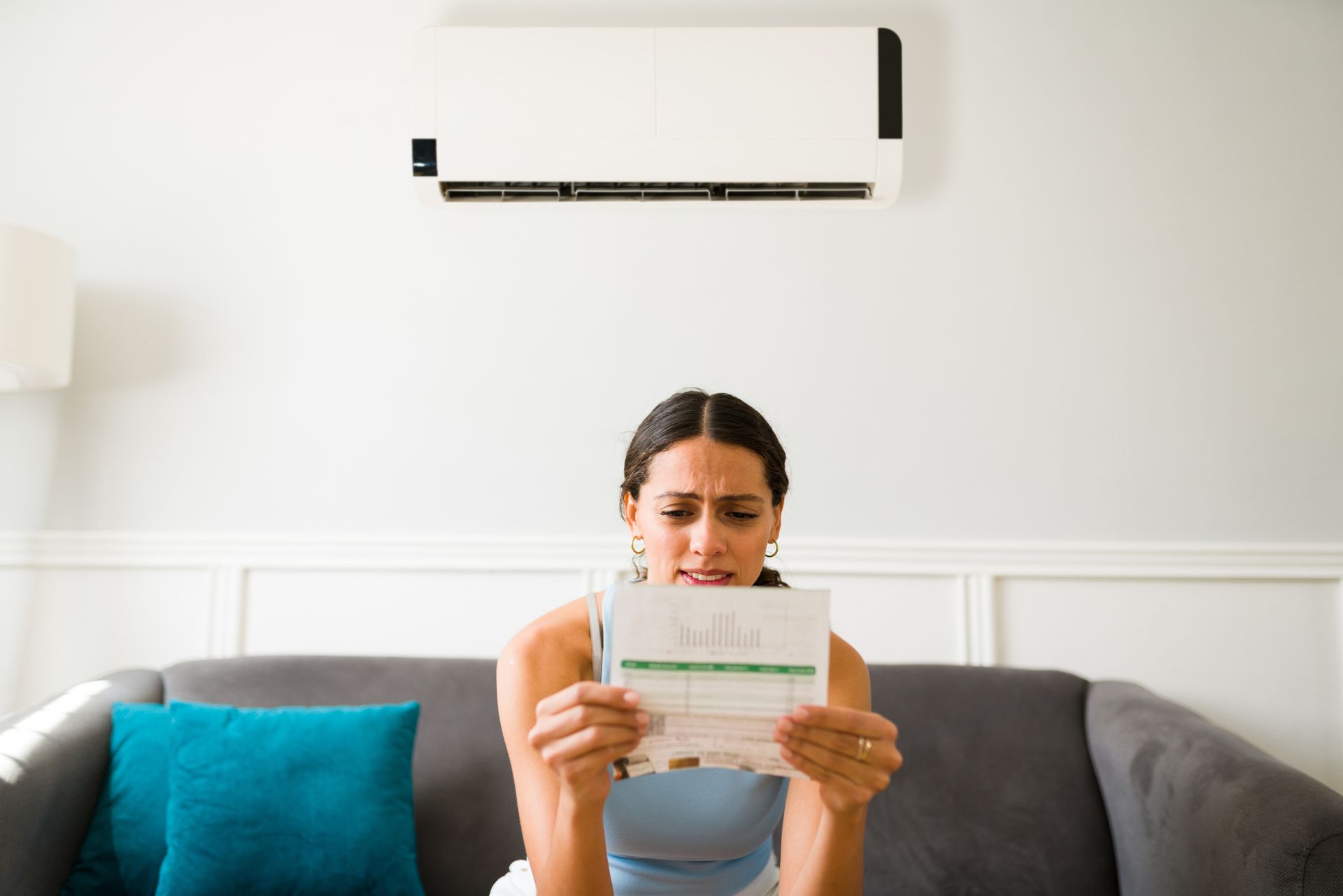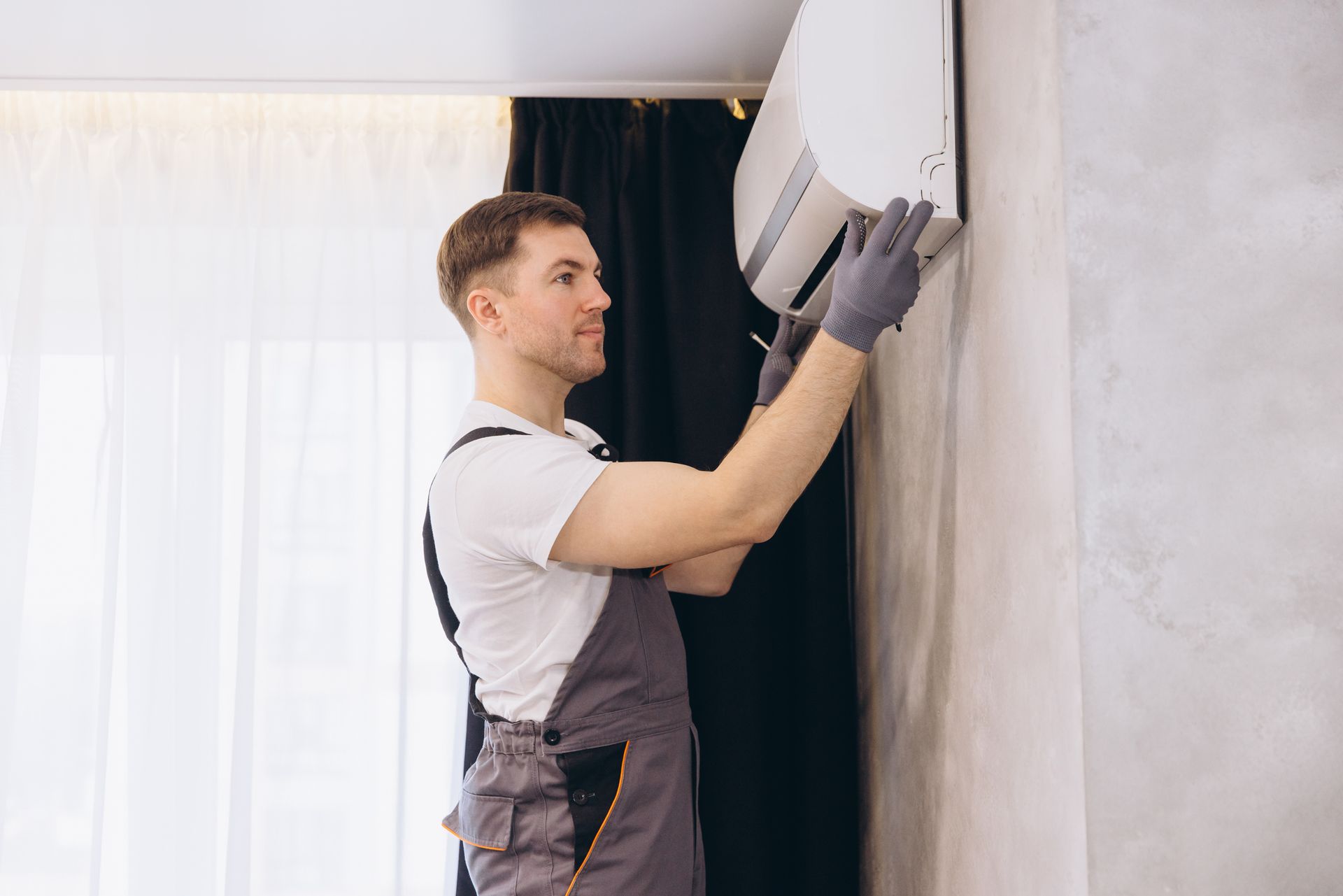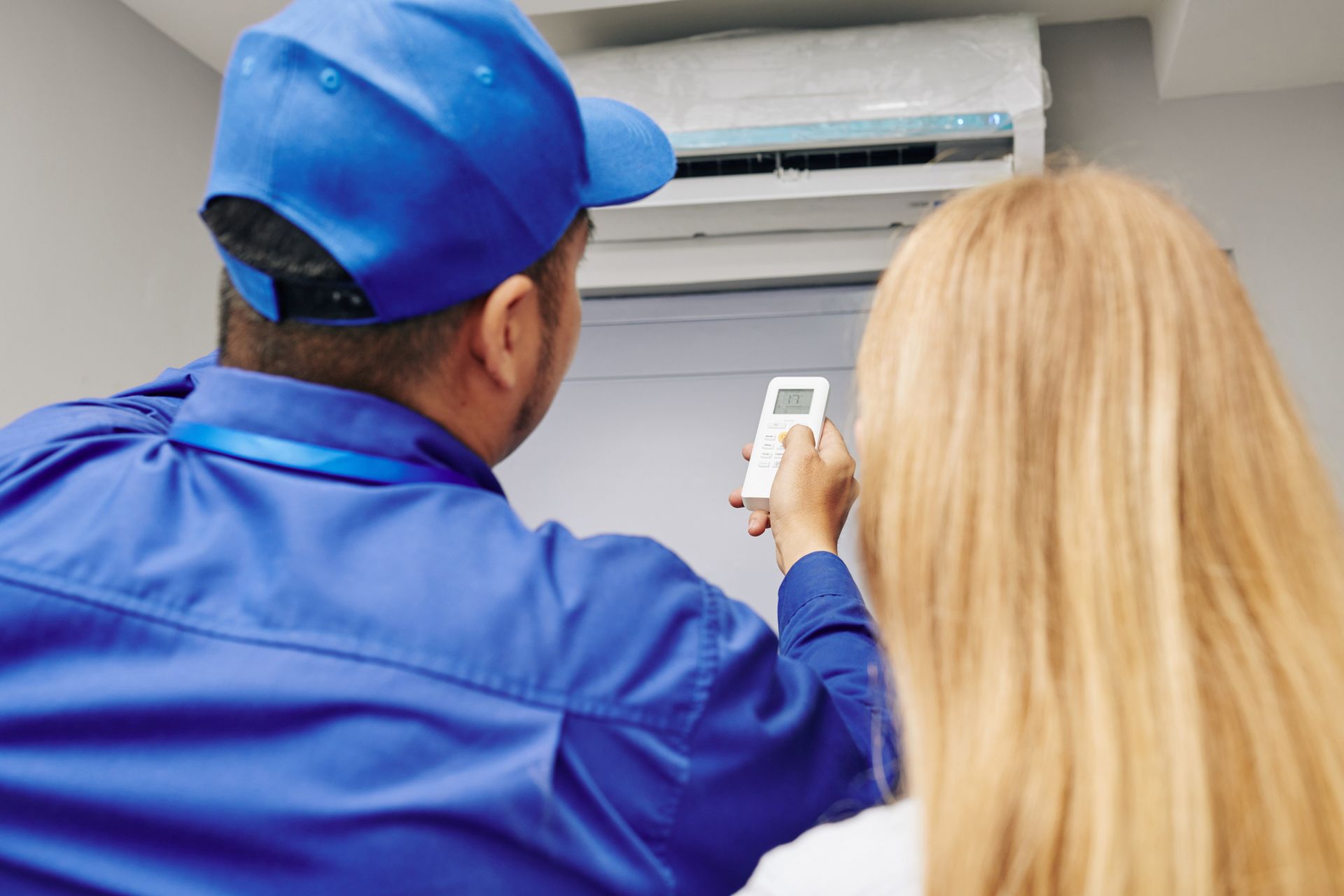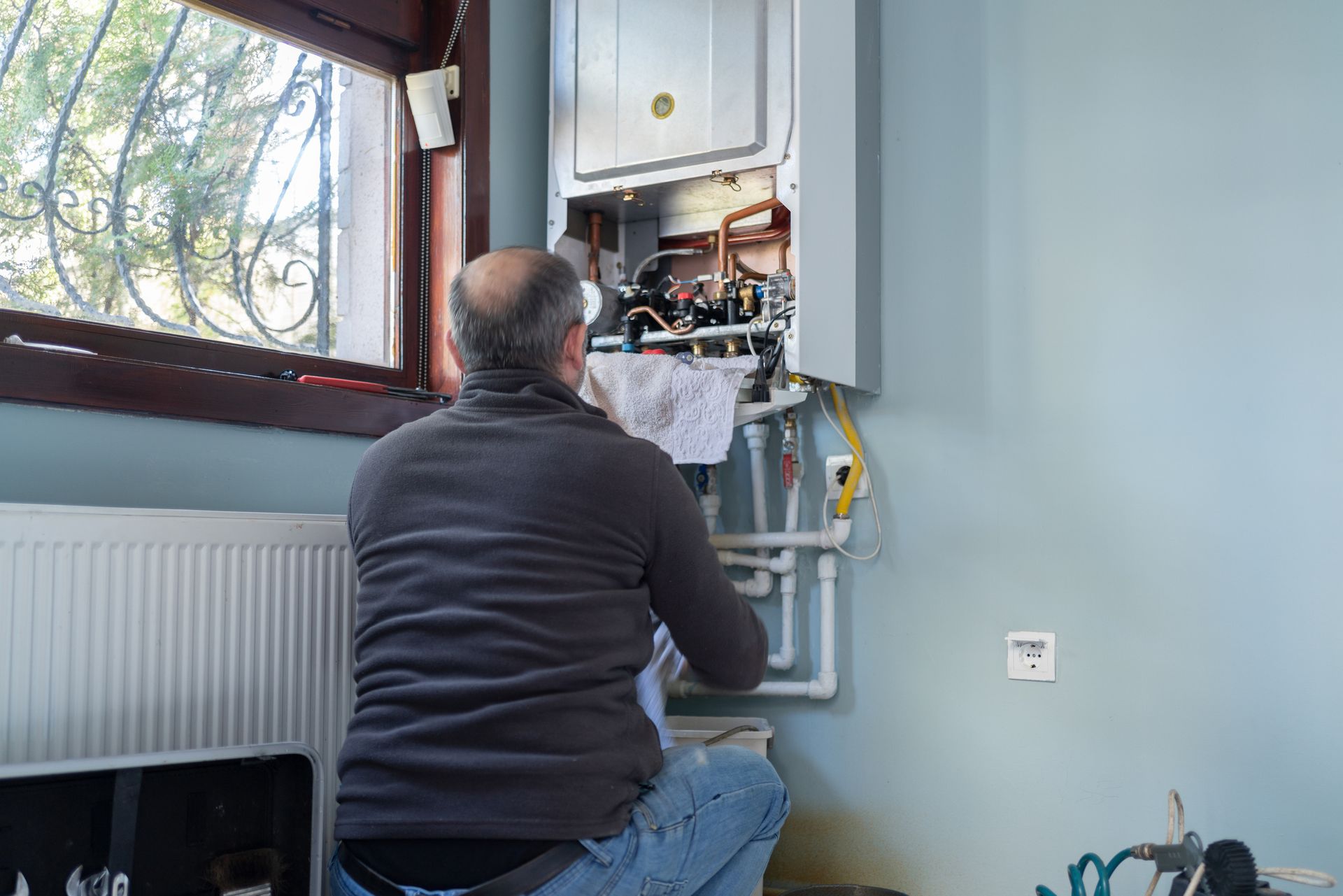HEATING, MAINTENANCE
CLIMATE CHANGE MAY MAKE WINTERS COLDER: HERE’S WHAT YOU NEED TO KNOW
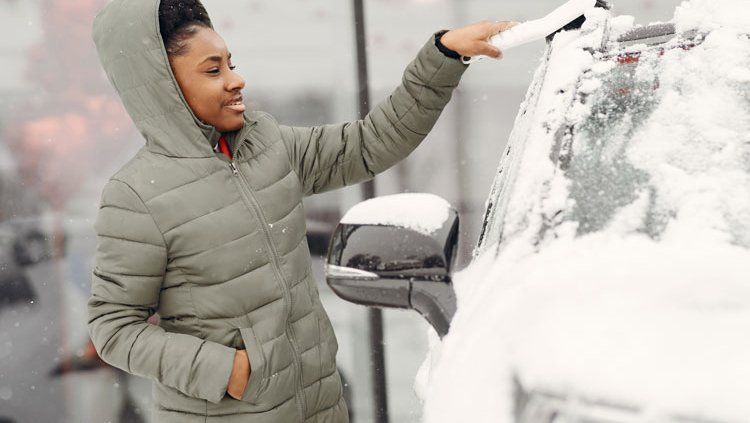
Some may believe that the effects of climate change are only present when we experience a rise in global temperatures. While it may seem counterintuitive, global warming may actually make winters colder.
Many of us know that climate change has already caused many adverse effects worldwide. We’re dealing with warmer-than-average annual temperatures, hotter summers, increased humidity, and a higher global sea level. A less recognized product of a warming planet is prolonged and colder winters. These changes will affect everything from agricultural production to animal habitats and human living conditions.
Warming causes shifts in atmospheric and ocean circulation patterns in several parts of the world, leading to colder temperatures in southern regions of the United States. Eventually, we’ll be dealing with hotter climates across the board, but research predicts that these atmospheric and ocean circulation patterns will make winters colder and harsher first. To adjust to climate change, residents who live in areas with these weather conditions may need to install new heating systems or upgrade their existing systems.
In this blog post, Hoffner Heating and Air Conditioning, a family-owned and operated HVAC company, takes an in-depth look at climate change and what you can do to prepare for the upcoming winter weather.
Defining Climate Change and Global Warming
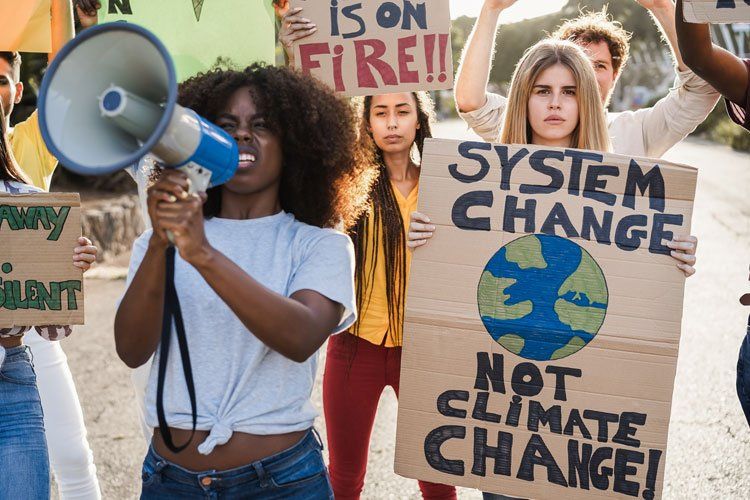
Climate change is a significant and lasting variation in the weather conditions of a region. It occurs when external factors—such as volcanic eruptions, changes in the Sun’s radiation, or human activities—alter the composition of the Earth’s atmosphere.
The National Aeronautics and Space Administration (NASA) defines climate change as “a long-term change in the average weather patterns that have come to define Earth’s local, regional, and global climates.” The following are evidence for the existence of climate change:
- Global Temperature Rise
- Warming Ocean
- Shrinking Ice Sheets
- Glacial Retreat
- Decreased Snow Cover
- Sea Level Rise
- Declining Arctic Sea Ice
- Extreme Events
- Ocean Acidification
Climate change is not interchangeable with global warming. As defined by One Tree Planted, global warming “refers to a steady and consistent rise in global temperatures and is therefore only one aspect of the broader phenomenon of climate change.”
The Polar Vortex and Polar Jet Stream
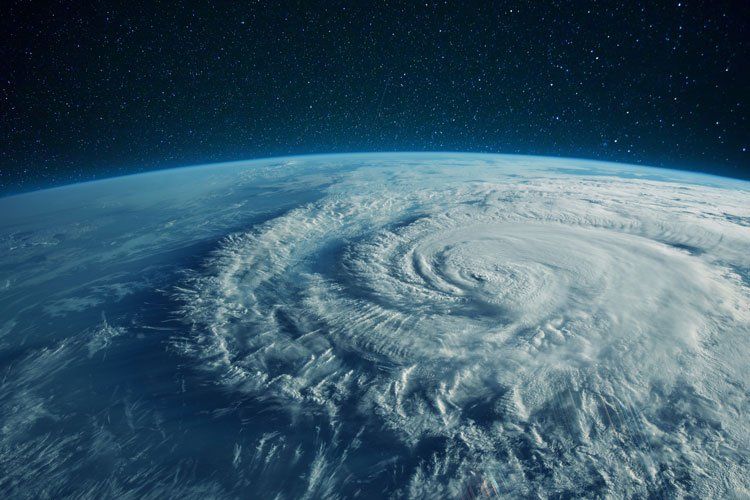
A polar vortex, or circumpolar vortex, is a vast belt of chilly, rotating air that encircles both of the Earth’s poles (frigid zones). The University of Arizona defines the earth’s polar regions as “the lands and waters surrounding the geographic North and South Poles … [and the] points at which a planet’s axis of rotation meets the surface.” The North Pole is located in the Arctic, while the South Pole is in Antarctica. Both regions experience:
- Extreme cold temperatures
- Heavy glaciation
- Seasonal variations in the number of daylight hours
Climate.gov explains that “the stronger the winds [in the polar vortex], the more the air inside is isolated from warmer latitudes, and the colder it gets.” A polar vortex, found in the stratosphere, differs from a polar jet stream. A polar jet stream is a narrow band in the troposphere that separates warm and cold air masses and keeps cold air confined to the Arctic. However, both play a role in how warmer regions now experience more frigid weather and why winters are worsening due to climate change.
As temperatures rise in the Arctic, opposing temperatures on either side of the jet stream become similar instead of contrasting hot and cold. As a result, the jet stream becomes unstable, and cooler air can move further south. The temperature differences must be significant to maintain a strong jet stream that keeps cold air in the Arctic.
Changes in the polar jet stream are likely to result in colder-than-normal temperatures in southern regions; this is why states like Texas experience unprecedented snowfall. For areas that already experience cold winters, it’s best to begin preparing for harsher conditions.
Here’s How to Prepare for Colder Winters
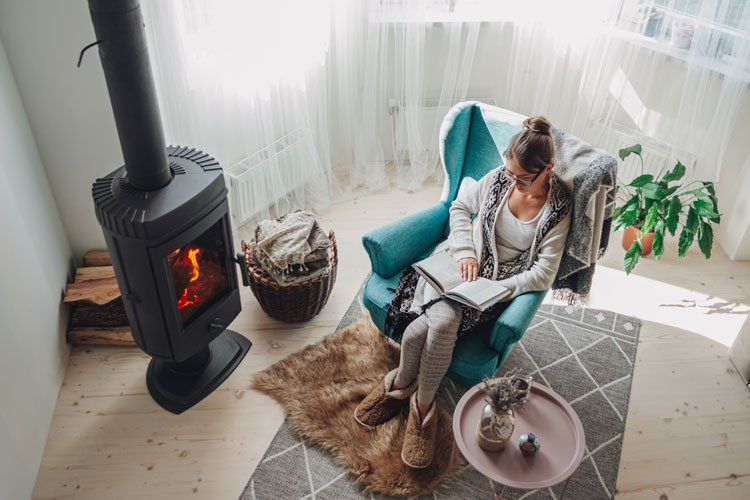
It’s critical that people prepare for colder winters. Start by ensuring your furnace is working effectively and efficiently. If you’re unsure of its status, or know it needs repaired, contact an HVAC specialist for maintenance service. Secondly, be sure to change the filters on your furnace to keep it running efficiently and lower the cost of your heating bills.
In conjunction with confirming the working order of your furnace, you’ll want to stock up on a few essentials. We recommend preparing for a winter storm by buying:
- Bottled water
- Non-perishable food items (about a week’s worth)
- Flashlights
- Batteries
- Thermal emergency blankets
- Electric space heaters
Please note, this list is not comprehensive. Visit the National Weather Service for more winter storm preparation.
Staying Warm
If you’d like to learn more about keeping your home warm during the harsh winter months or need an HVAC professional to help ensure that your system is running efficiently, reach out to Hoffner Heating and Air Conditioning today! We provide high-quality and timely services at reasonable prices. Whether you need a complete system installation or just maintenance and repair, we’re here to help!
OCTOBER 29, 2021/BY MATTHEW FLOWERS


